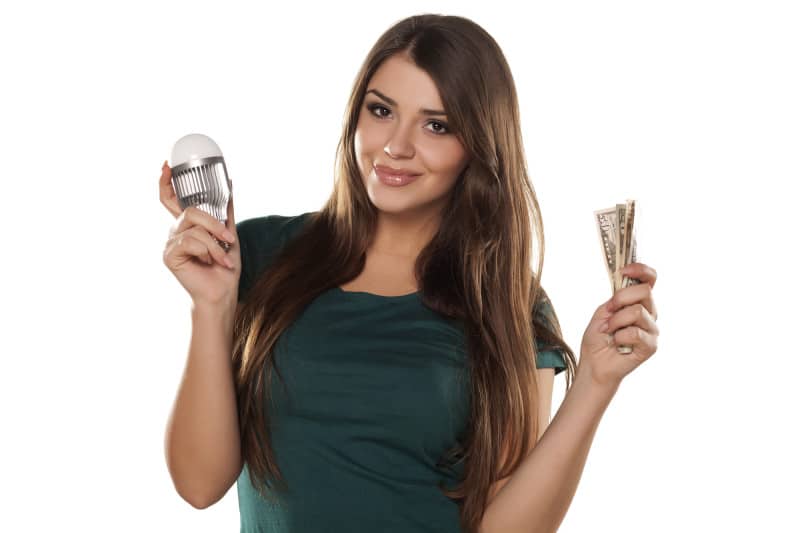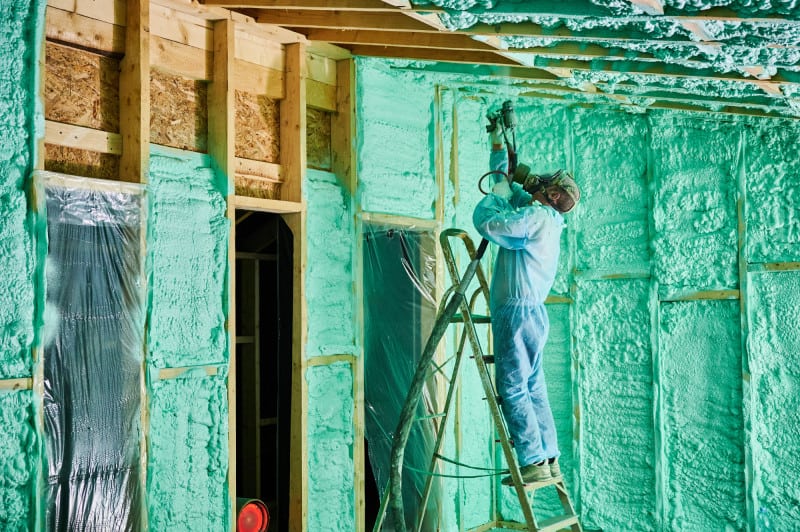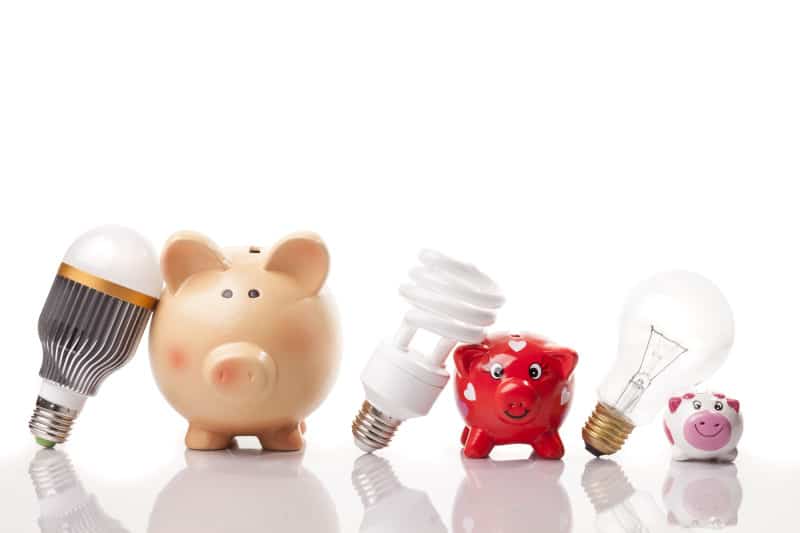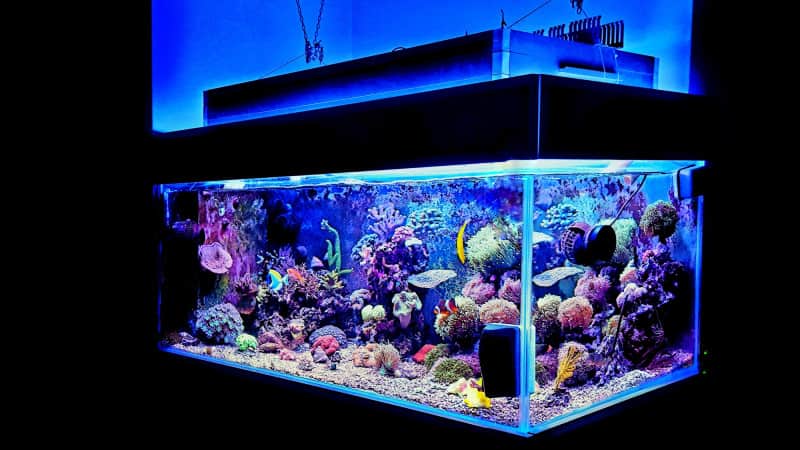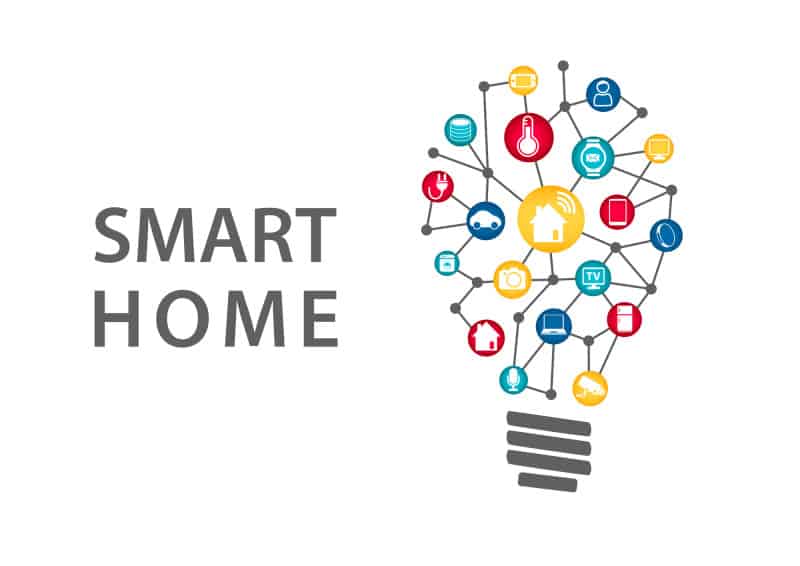Did you know that lighting accounts for 10-20% of your monthly electric bill?
It may not seem like much, but over time, it can add up to a significant amount of money. Fortunately, there is a solution to this problem – energy-saving lights.
By switching to energy-efficient lighting, you can save money on your electric bill and reduce your carbon footprint at the same time.
In this article, we will explore the benefits of energy-saving lights, how to choose the right ones for your needs, and how to calculate potential energy and cost savings.
We will also share other strategies for energy efficiency and cost savings that you can implement in your home or business.
With a little effort and investment, you can make a big difference in your energy consumption and save money in the process.
So, let’s get started!
Benefits of Energy-Saving Lights
If you’re looking to save money on your energy bills, you should consider using energy-saving lights. These lights have several advantages over traditional lighting options.
They have a longer lifespan, lower energy consumption, and reduced heat output.
By making the switch to energy-saving lights, you can save money on your energy bills over time.
This makes them a practical and cost-effective choice for any household.
Why should you consider using energy-saving lights?
Using energy-saving lights is a smart choice because they can significantly decrease your energy bill.
Here are some reasons why you should consider using them:
- Cost-effective solution: Energy-saving lights use less electricity compared to traditional incandescent bulbs, and this means you can save a lot of money on your energy bill. In the long run, the amount of money you save can add up to a significant amount, which can be used for other essential needs.
- Reduce environmental footprint: By using energy-saving lights, you’re contributing to reducing your carbon footprint. Traditional bulbs emit more carbon dioxide into the atmosphere, which contributes to climate change. However, energy-saving lights produce less heat and have a longer lifespan, which means less waste in landfills.
- Improved lighting options: Energy-saving lights come in different brightness levels and color temperatures, making them an ideal option for any room in your house. They provide an excellent source of light that is functional and aesthetically pleasing.
So, if you haven’t already, consider switching to energy-saving lights and enjoy the benefits of a brighter, more efficient home.
Energy-saving lights are a practical and cost-effective way to reduce your energy bill and contribute to a more sustainable future.
With so many options available, it’s easy to find the right energy-saving light for your needs. So, why not make the switch today and start enjoying the benefits of energy-efficient lighting.
What are the advantages of energy-saving lights over traditional lighting options?
Switching to energy-saving lights has numerous benefits that make it a wise investment for your home.
Energy-saving lights consume less electricity, which translates to lower electricity bills and more savings for you in the long run. In fact, you can save up to 80% on energy costs by switching to energy-saving lights.
Cost comparison shows that although energy-saving lights may be slightly more expensive than traditional lighting options, they pay for themselves in savings within a short period.
In addition to the cost savings, energy-saving lights are also more environmentally friendly than traditional lighting options.
They use less energy, which means fewer carbon emissions are released into the atmosphere. Moreover, they last longer than traditional bulbs, which means fewer bulbs end up in landfills.
Not only that, but they also provide better lighting options in terms of brightness and color temperature.
The installation process is straightforward, and you can easily replace your old bulbs with energy-saving lights without any special equipment or technical knowledge.
How can energy-saving lights help you save money on your energy bills?
Energy-saving lights, like LED bulbs, consume less energy than traditional incandescent bulbs.
This means you can save money on your electricity bills.
LED lights last longer and require less maintenance, so you won’t have to replace them as often. This saves you time and money on maintenance costs.
One of the benefits of energy-saving lights is their longer lifespan. LED bulbs can last up to 25 times longer than incandescent bulbs.
This means you won’t have to replace them as often, saving you money on replacement bulbs and maintenance costs over time.
The return on investment (ROI) for energy-saving lights is higher than traditional lighting options.
The initial installation cost is offset by the long-term savings on electricity bills and maintenance costs.
Choosing the Right Energy-Saving Lights for Your Needs
When it comes to choosing energy-saving lights, you have a variety of options in the market.
Each type of energy-saving light has its own benefits and drawbacks, from LED to CFL.
To select the right energy-saving lights for different areas of your home or office, you should consider factors such as brightness, color temperature, and the type of fixture.
Keep in mind that choosing the right energy-saving lights can not only save you money on your energy bill, but also contribute to a more sustainable future.
What types of energy-saving lights are available in the market?
LED and CFL bulbs are the most common types of energy-saving lights available. LED bulbs are more energy-efficient, have a longer lifespan, and are available in a variety of color temperatures, making them a great option for indoor lighting.
CFL bulbs are cheaper than LED bulbs but have a shorter lifespan. They also take a few minutes to reach full brightness.
If you’re looking for dimmable options, LED bulbs are the better choice. CFL bulbs aren’t compatible with most dimmer switches, and those that are can be expensive.
For outdoor lighting, LED bulbs are the better option as they’re more durable and can handle extreme temperatures.
Smart lighting options are also available, allowing you to control your lights with your smartphone or voice assistant.
These bulbs are pricier than regular bulbs, but they can save you money in the long run by allowing you to turn them off remotely and set schedules.
What factors should you consider when selecting energy-saving lights?
One thing to keep in mind when choosing energy-efficient lighting for your home or office is that different areas may require different types of bulbs.
Lighting placement is an important factor to consider when selecting bulbs.
For example, a bright, cooler color temperature bulb may be more suitable for a task-oriented area like a kitchen or office, while a softer, warmer color temperature may be better for a relaxing space like a bedroom or living room.
Bulb type and dimming options should be considered based on the intended use of the space.
For a space where bright, consistent light is necessary, an LED bulb may be the best choice, while a dimmable option may be preferred for a space where ambiance is important.
Budget considerations should also be taken into account, as higher-quality bulbs may have a higher upfront cost but can save money in the long run through energy savings and longer lifespan.
Calculating Potential Energy and Cost Savings
If you’re curious about how much energy and money you can save by switching to energy-saving lights, there are several ways to estimate your potential savings.
You can use online calculators or consult with an energy auditor to determine your current energy usage and projected savings.
Real-life examples of energy and cost savings achieved by using energy-saving lights are plentiful and can serve as inspiration for your own energy-saving efforts.
How can you estimate the energy and cost savings by switching to energy-saving lights?
You can easily estimate the energy and cost savings of switching to energy-saving lights by using an online calculator.
These calculators are designed to take into account various factors such as the type of light bulb you’re currently using, the number of bulbs in your home, and the amount of time you use them.
Here are four benefits of using an online energy-saving light calculator:
- It helps you see the difference between the energy and cost savings of traditional light bulbs versus energy-saving ones.
- It provides an estimate of the amount of energy savings you can expect over the life of the bulb.
- It helps you compare the lifetime cost of traditional bulbs versus energy-saving ones.
- It can show you the impact of switching to energy-saving lights on the environment, including the reduction of greenhouse gas emissions.
By taking the time to calculate the savings that can be achieved by switching to energy-saving lights, you can gain a better understanding of the benefits and make an informed decision.
It’s important to analyze costs and measure the impact of your choices, so you can make the best decision for your home and the environment.
So, take advantage of these online calculators and see how you can start saving money and energy today!
Other Strategies for Energy Efficiency and Cost Savings
To further boost your energy efficiency and cost savings, consider combining energy-saving lights with other energy-efficient practices.
Simple steps like turning off lights when they’re not in use and unplugging electronics when not in use can make a big difference.
You can also invest in energy-efficient appliances and windows and consider using renewable energy sources, like solar panels.
By implementing these additional tips and strategies, you can reduce your energy consumption and save even more money in the long run.
How can you combine energy-saving lights with other energy-efficient practices?
If you’re looking to light up your savings, pairing energy-saving lights with other power-thrifty habits is like hitting the jackpot.
Combining practices such as turning off lights when not in use, using natural light when possible, and investing in energy-efficient appliances can maximize your savings in the long run.
Energy audits can also identify areas where energy is being wasted, allowing you to make necessary changes and reduce your overall consumption.
Reducing waste is another key factor in saving money with energy-efficient lighting.
Proper disposal of old bulbs and fixtures is important, as is choosing LED bulbs with a longer lifespan.
By taking these steps and incorporating other energy-saving practices, you can significantly reduce your energy bills and make a positive impact on the environment.
With a little effort and mindfulness, you can enjoy the benefits of energy-efficient lighting while doing your part to conserve energy.
Additional tips and strategies to reduce energy consumption and save money
Maximizing your energy efficiency doesn’t have to be a chore, and with a few simple tweaks, you can reduce your environmental impact and enjoy a healthier, more sustainable lifestyle.
Here are some additional tips and strategies you can use to further reduce your energy consumption and save money:
- Invest in a smart home system that allows you to control your lights and appliances remotely. This way, you can turn off lights and appliances when you’re not using them, without having to be in the same room.
- Use power strips to control the energy use of multiple appliances at once. This is especially useful for entertainment centers and home offices, where multiple devices are often used at the same time.
- Take advantage of natural lighting by opening curtains and blinds during the day. This can help reduce the need for artificial lighting and can also improve your mood and productivity.
- Consider getting an energy audit to identify areas in your home where energy is being wasted. This can help you prioritize which upgrades and improvements to make, such as insulation upgrades that can help keep your home warm in the winter and cool in the summer.
By incorporating these additional tips and strategies, you can maximize your energy efficiency and save even more money on your energy bills.
Conclusion
Saving money with energy-saving lights is not only a practical choice but also a smart investment for your wallet and the environment.
By switching to energy-efficient lighting, you can significantly reduce your monthly electric bill and make a positive impact on the planet.
Energy-saving lights offer numerous benefits, including lower energy consumption, longer lifespan, and improved lighting options.
They are cost-effective, environmentally friendly, and easy to install.
Combining energy-saving lights with other energy-efficient practices can further enhance your savings.
So, why wait?
Make the switch to energy-saving lights today and enjoy a brighter, more efficient future while keeping more money in your pocket.
Let’s illuminate a sustainable path towards a better tomorrow!

